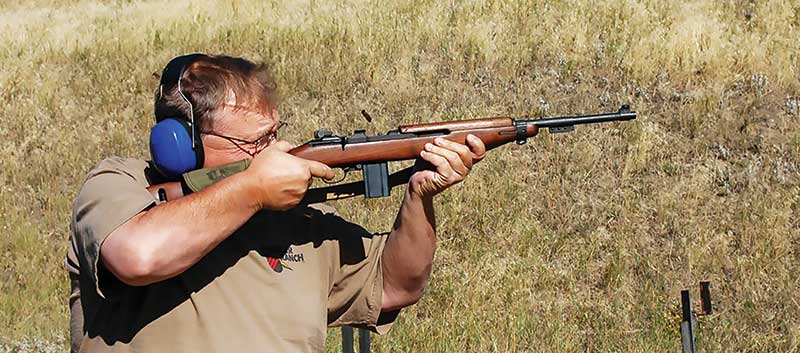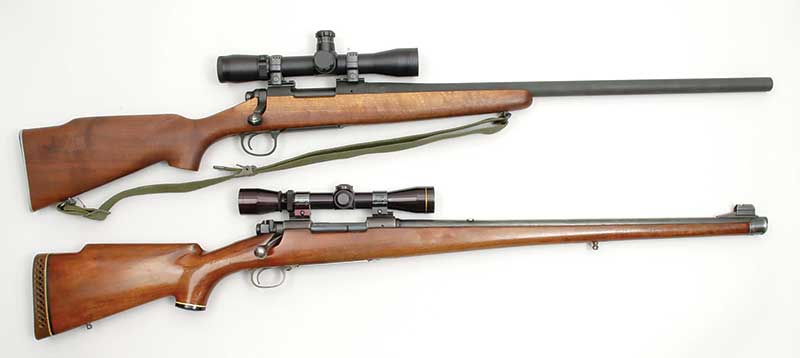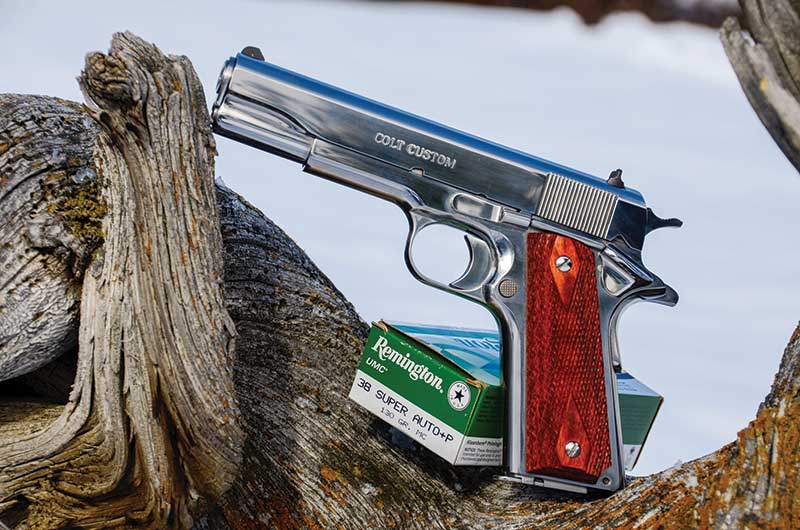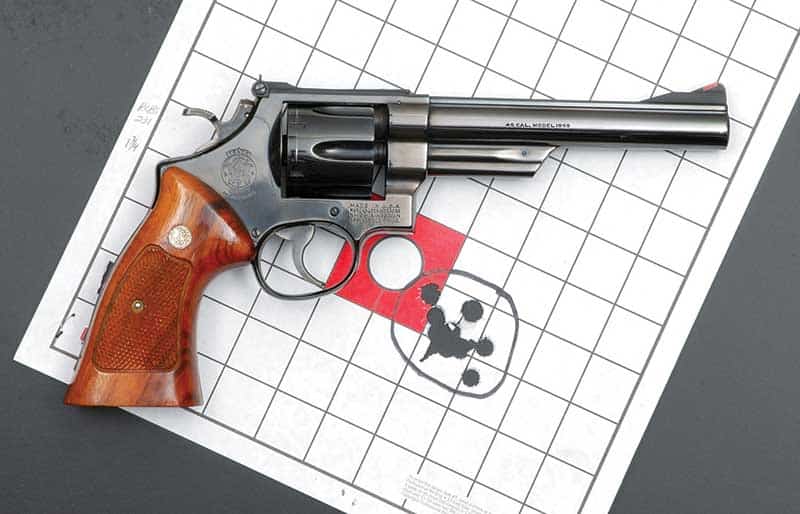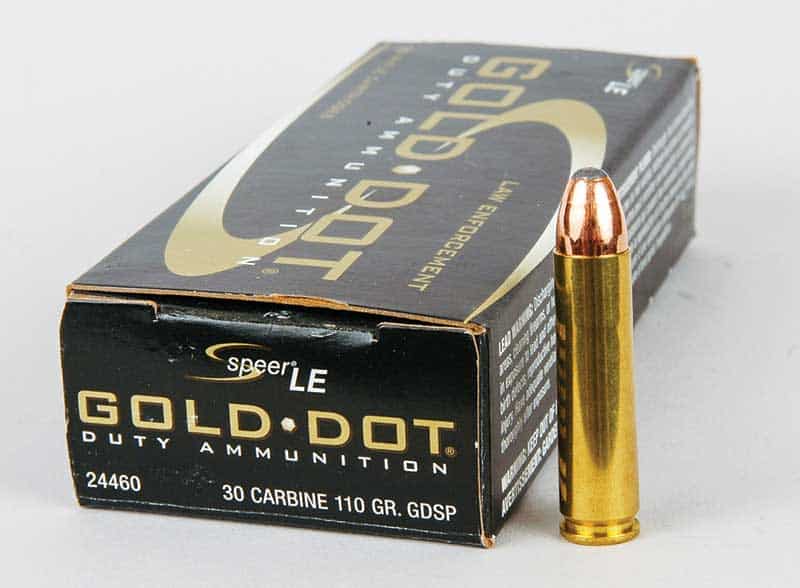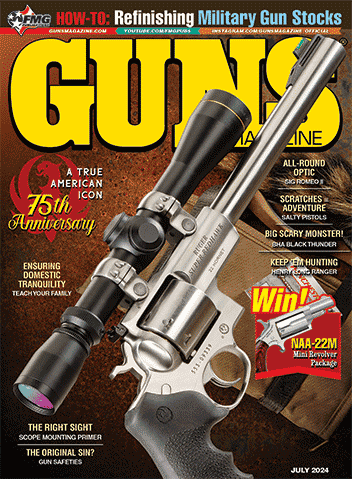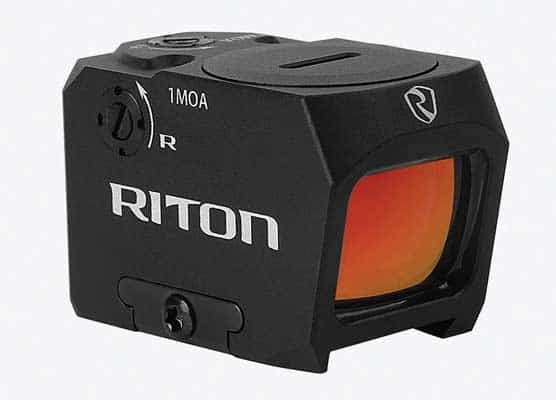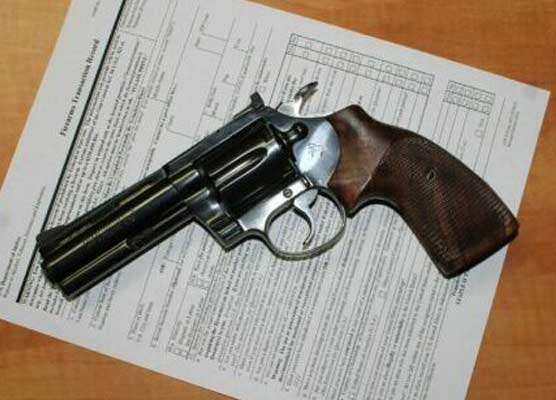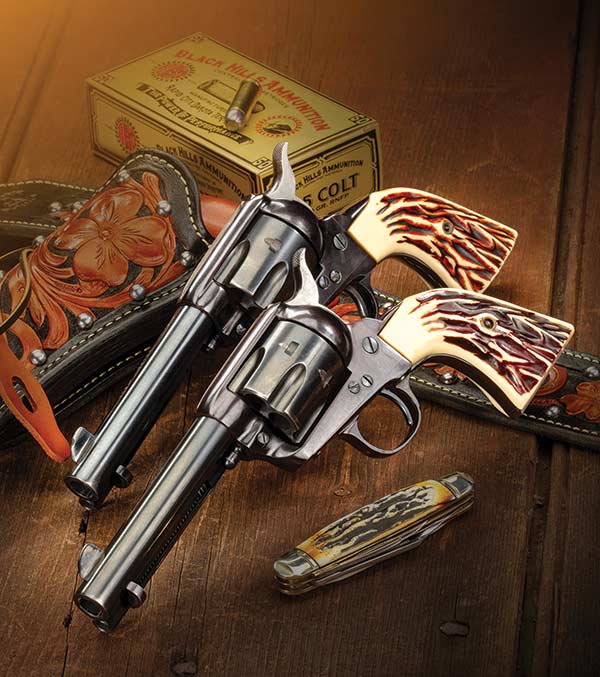Underrated Cartridges
These Ugly Ducklings Are Actually Swans
As a shooter, handloader, varmint/big-game hunter and competitor, I think several guns and calibers are underrated. It seems media hype often leads less experienced firearms enthusiasts down paths that don’t serve them well.
.308 Winchester
By far this is my favorite big-game cartridge. I’ve shot Montana mule deer, pronghorn antelope and elk with my 1952 vintage Model 70 Winchester. Also nearly 40 years ago, I took the rifle to Africa and used it to drop a couple heads of plains game. In all this hunting, when a 150- to 165-grain bullet hit where intended, the animal was done-for. Never did I fire more than two rounds at any animal.
Along the way I’ve owned .308 (aka 7.62mm NATO) semi-autos, lever guns and bolt-actions. The fact is using those bullet weights and proper handloads, the .308 Winchester is in practical effect equal to the .30-06. One day when chronographing .308 handloads, a friend stopped by with his .30-06. He expressed doubt my Model 70 .308 was adequate for elk. We chronographed his .30-06 with 150-grain bullets loaded with a near maximum powder charge. To his astonishment my .308 bullets were traveling nearly 100 fps faster than his.
.38 Super
Another underrated cartridge in my opinion is the .38 Super. Although it has been on the market for 94 years, it has never garnered the respect it should. From identical pistols, the .38 Super +P outshines 9mm Parabellum and in practical effects, its ballistics get into .357 Magnum territory. On one of my many trips I wandered into a gun store in Prescott, Ariz. In the display case sat a bright-nickeled Colt Government Model. It was .38 Super so I bought it, not realizing it was instead highly polished stainless steel, which was even better.
It was marked ELCEN, which I later discovered, was a Colt line intended for south of the border sales. Some countries prohibit civilians owning firearms firing cartridges used by their military forces, hence 9mm pistols are out.
I’ve been amazed at its accuracy on paper at 25 yards off sandbags and its complete reliability. One caveat, however, to achieve this sort of accuracy, you need to use the rimless Starline .38 Super brass.
Finally, the .38 Super shoots cast bullets very well, though admittedly mine are loaded down to the 1,000/1,100 fps level. None of my 9mms shoot cast bullets worth a hoot.
.257 Roberts
My very first Montana hunting rifle was a .257 Roberts. It was a 1930s vintage Model 54 Winchester that had been heavily Bubba-ed. Checkering was sanded off and plastic diamonds inlet into the stock’s sides. When the checkering was removed and the holes sanded out, the stock had a definite wasp-waist look. Its bolt handle had also been altered to clear a scope and scope mount screw holes were drilled and tapped. I kind of thanked Bubba for those last alterations.
It was a finely accurate rifle and I took several pronghorns and mule deer with it. For some reason, in 1955 Winchester and Remington concurrently unveiled .243 Winchester and .244 Remington cartridges, respectively. These two rounds effectively killed the .257 Roberts in shooters’ opinions. Remington later changed rifling twist rates in the .244 Remington rifles from one-turn-in-12″ to 1-in-9″ and then renamed the round 6mm Remington. I think the .257 Roberts is better than both, and yes I’ve owned and extensively fired rifles for all cartridges mentioned in this section. As testimony to my attitude about my .257 Roberts, when a good friend’s son turned legal hunting age, I gave him my Model 54. I hear he has used it well.
.45 Auto-Rim
Don’t let the name fool you, as this cartridge has nothing to do with autoloading pistols. True, its case body copies .45 ACP but its developers circa 1921 hung a very thick rim on it so it would work well in revolver chambers. I’ve own samples of nearly all .45 Auto-rim revolvers and still have a couple. With a case only 0.898″ long, its safe velocities rival .45 Colt with its 1.285″ case. This only applies when .45 Colt revolvers are of ordinary strength. Of course Ruger .45 Colt revolvers are much stronger.
In several projects wherein I loaded up several hundred rounds of .45 Auto-Rim for testing in a machine rest for accuracy and velocity, my conclusion has been that in good condition revolvers, it likely delivers tighter groups on the average than any other .45 revolver.
.30 Carbine
Perhaps the .30 Carbine is the most denigrated cartridge ever put in American military arms. The M1 (and M2) .30 Carbines are delightful little guns but perhaps I’m prejudiced because an M1 .30 Carbine was my very first centerfire long gun. The viable charge leveled at .30 Carbine as a military cartridge is its lack of stopping power. However, its detractors seldom mention in the beginning, M1 .30 Carbines were not intended for frontline combat. Its purpose was to replace Model 1911/1911A .45 pistols because they were so difficult for rank and file fighting men to master. It never did that. Also learned people realize the .30 Carbine’s stopping power was poor because of its military FMJ bullets. Nowadays, for use on small to medium game animals or even for self-defense, modern factory ammo with jacketed soft or hollow point bullets moves .30 Carbines to a higher level. I’ll always have at least one M1 .30 Carbine.
